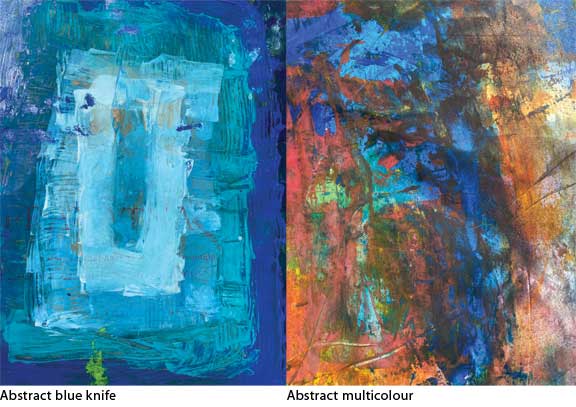Aruna Sankaranarayanan
While children are engaged with online classes for a few hours every day, many of them have ample amounts of free time. As their usual routines have been disrupted by the pandemic, their once harried schedules of school, tuition and extracurricular classes are now punctuated by fairly extended breaks. With their social lives also curtailed, the children may experience periods of boredom. But boredom can actually spur creativity as they find ingenious ways to fill empty hours. And, without the constraints of structured classes, they may discover hitherto unexplored dimensions. In a series of four articles, I examine the benefits that accrue to children when they engage in the creative pursuit of art, music, drama and play.
In their insightful book, Studio Thinking 2, researchers Lois Hetland, Ellen Winner, Shirley Veenema and Kimberly Sheridan spell out the benefits of a visual arts education. The authors argue that children acquire “serious thinking dispositions,” that extend beyond the arts. Besides learning techniques and tools, and knowledge relating to art, including art history and art criticism, students also imbibe six dispositions that include skills, and a propensity to seek out opportunities to use them.
A core skill that visual arts students develop is that of observation. While lay people may equate observation with seeing, the authors argue that the former involves looking at the world “accurately and directly,” which is more difficult and nuanced than we ordinarily think. Unbeknown to us, our assumptions, judgments and biases influence the way we perceive the world. Artists, however, learn to peel off these screens as they try to capture objects and beings in their rawest simplicity, as sets of lines, curves and colours. Further, artists are always alert to the possibility of seeing beyond the everyday functions of objects. This disposition is what motivated Picasso to use a bicycle seat as a bull’s head.
Another disposition, that’s possibly the flipside of observation, is envisioning. While observation motivates artists to look at the external world, envisioning involves conjuring up images in their mind’s eye and using these internal models to determine action plans and even tackle problems, sometimes even re-imagining their models. Envisioning is nothing but thinking in images. Thus, imagining multiple shades of red or purple can hone an artist’s ability to see what is not there. It opens them up to a world of possibilities.

The authors argue that envisioning leads to another capability nurtured by art, innovation. As artists place a premium on thinking outside the proverbial box, art students tend to explore and experiment more freely. Art teachers exhort their students to play with various materials and media, and possibly bend and even break rules as failure in art is deemed endemic to the process of creation. As a result, students are emboldened to make atypical associations and forge possibilities out of the seemingly impossible.
Art also facilitates self-expression as the artist may represent meaning in all its varied forms, be it thoughts or feelings. Just as poetry and prose contain layers of meaning within them, both literal and metaphorical, a painting, drawing or sculpture may contain multiple connotations. Further, meaning conveyed or evoked by art is often times specific to the medium or media used and cannot be translated into words. For example, an artist could use the spaces between objects, called negative space, to convey the relationship between them. Further, the significance or depth of a piece often transcends the techniques and skills deployed to produce it. Art, in its essence, is about evoking effects and affect.
Engaging in art also impels students to persist and persevere. Most complex art projects require students to dedicate extensive chunks of time on a single work. Students have to first plan out the steps before embarking on a project. Further, for some projects, students need to wait for materials to dry before proceeding and this cultivates patience. When students encounter obstacles, they may have to step back from their work, possibly take a break and re-engage with the material from a fresh perspective.
As they work on a piece, artists keep reflecting and evaluating it, thereby cultivating analytical and critical thinking skills. They acquire metacognitive skills as they reflect on their work – the purpose, the process and the product. At times, during a project, they might even decide to start over again, if they feel the work is not meeting their own standards. Critiquing serves different purposes depending on when it is done. When students evaluate their work in progress, they can imagine various possibilities and adapt their approach or technique based on their evaluation. They may also notice subtleties and patterns from various angles, or even choose to eliminate extraneous features. The culmination of a project helps students gain a sense of accomplishment and might motivate them to set goals for future endeavours. When works of art are exhibited and their hard-earned efforts are made visible to the public, students may critique their work from even higher standards.
When children dabble with paint and mess around with clay, teachers and parents shouldn’t dismiss these pursuits as mere hobbies. Just as math, science and literature promote an array of thinking skills, visual arts also broaden and deepen students’ understanding of themselves and the world.
The author’s forthcoming book, Zero Limits: Things Every 20 Something Should Know will be published by Rupa Publications. She can be reached at arunasankara@gmail.com.
